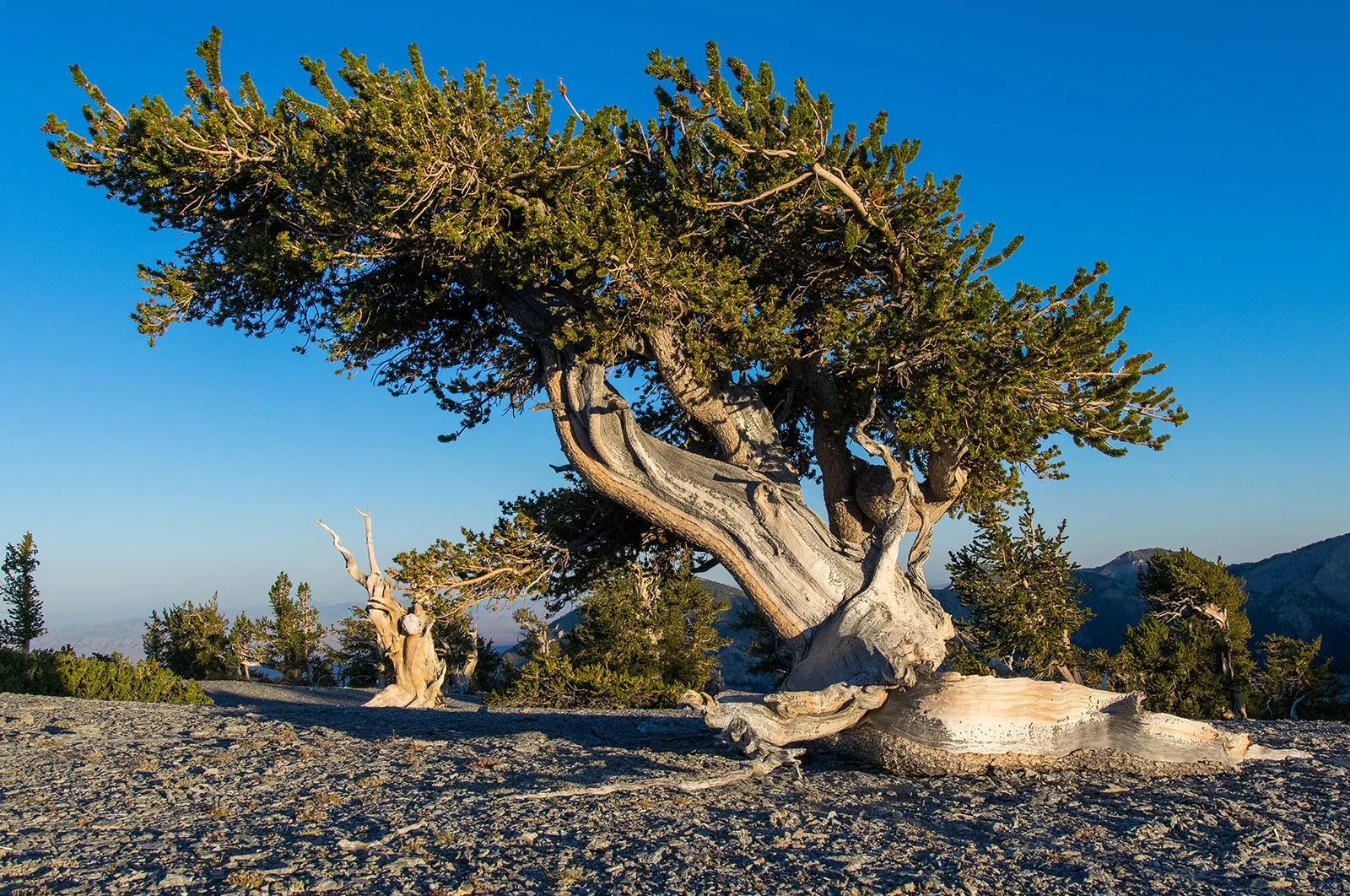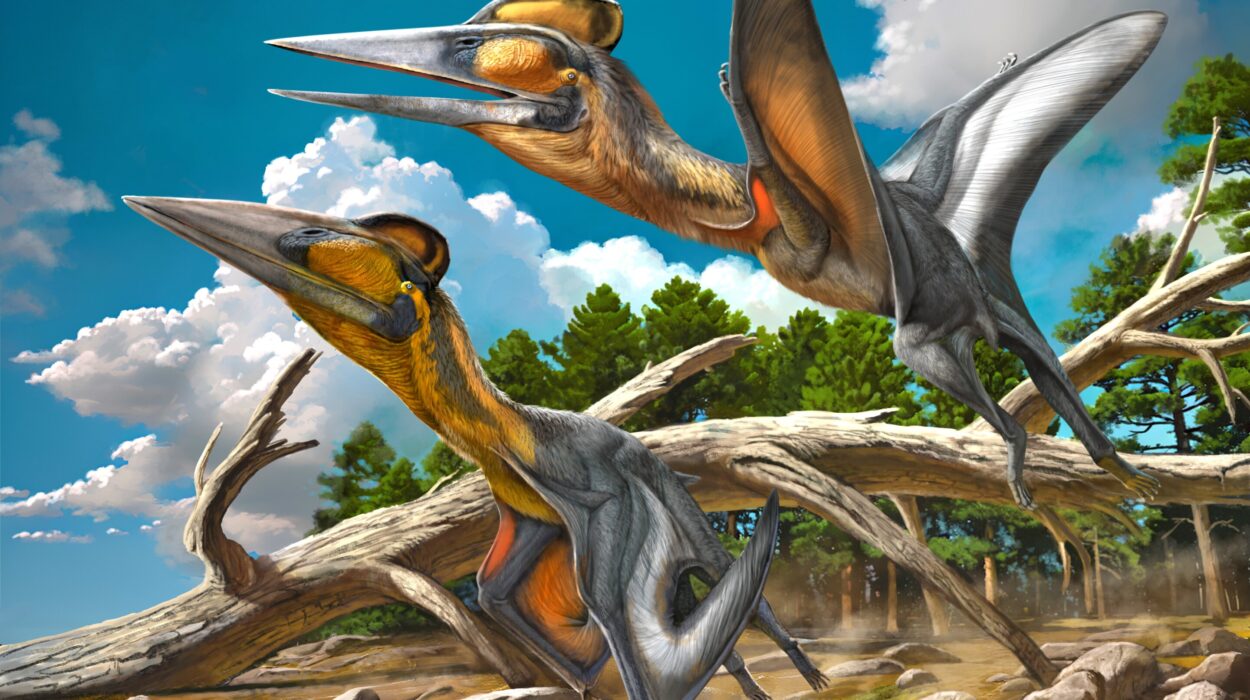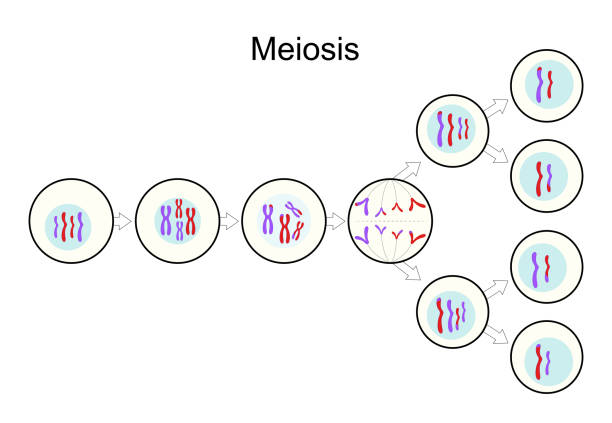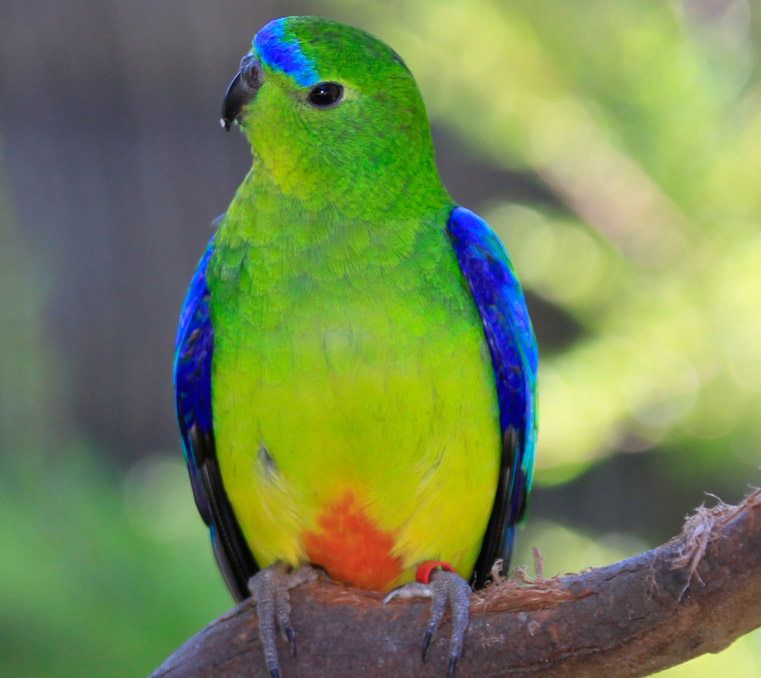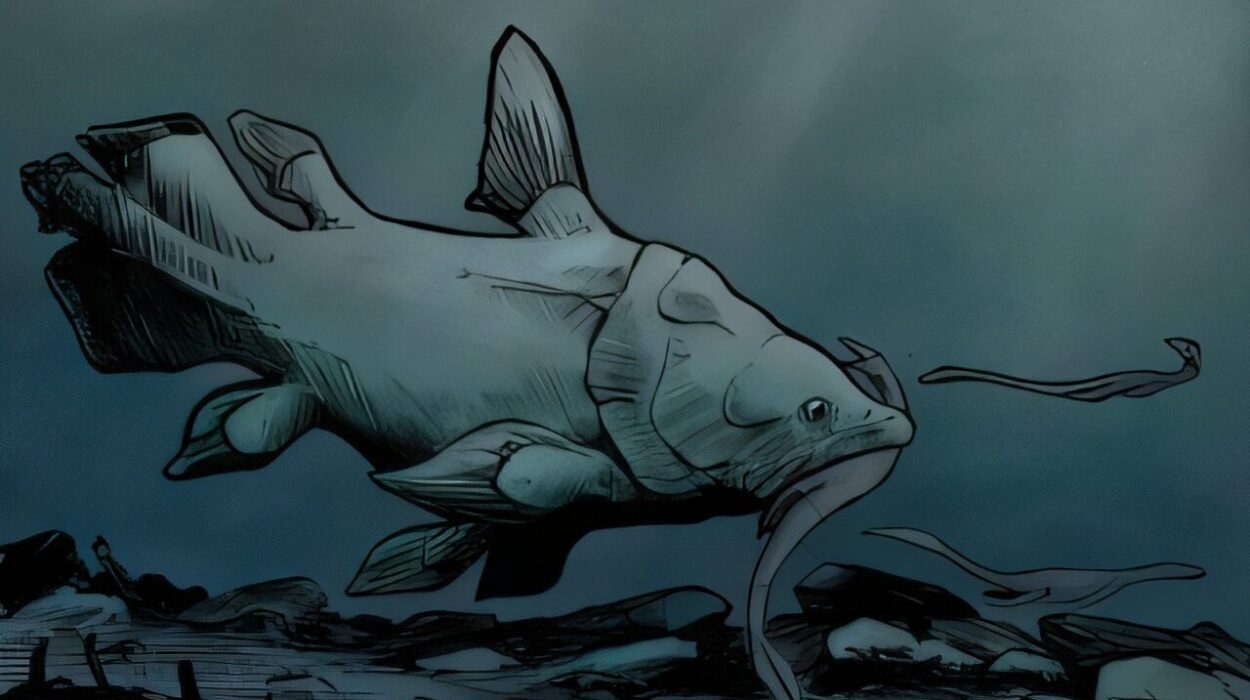High in the cloud-raked mountains of the American West, where summer storms throw lightning across black ridgelines and winter howls with savage cold, there exist beings older than the Pyramids, older than the written word, older than most of human civilization itself. These are not stone statues or ancient bones. They are alive, their green needles trembling in icy winds. They are the Great Basin bristlecone pines, and they have witnessed five millennia of sunsets, empires, and silent stars.
Here, above 9,000 feet in Nevada’s White Mountains or Utah’s Snake Range, the air grows thin and sharp, scented with cold resin. The ground is littered with shards of dolomite, pale and glinting in the sun like ancient teeth. On these windswept slopes, where little else dares survive, stand the oldest known trees on Earth.
When you touch the weathered wood of a bristlecone pine, you are pressing your palm to living history. Sap still flows in twisted veins. Needles glimmer with a bright, defiant green. In a world spinning faster each year, these trees stand as time’s anchor. Some individuals were seedlings when Sumerians first scratched cuneiform onto clay tablets. They have watched entire civilizations blaze into existence and vanish like sparks in the dark.
They are old. Almost incomprehensibly old. And they are still growing.
The Seed of Immortality
It begins so humbly—a seed no larger than a grain of rice, borne in a bristled cone, which gives the species its name. When that seed takes root, it must claim a tiny patch of soil in a land where water is scarce, winters are lethal, and storms strip the slopes like sandpaper. From the start, its survival hangs by a thread.
The young seedling pushes a slender shoot skyward. Its needles, clustered in bundles of five, drink sunlight and produce energy. Slowly, so slowly, it grows. In a good year, it may gain barely half a millimeter in girth. In a poor year—a year of drought or late frost—it grows not at all. The harshness of its home is the secret to its longevity.
Where conditions are milder, trees grow faster—but they also age and die faster. Not the bristlecone. It has found a kind of immortality in hardship, thriving in places too hostile for competitors. It’s a master of austerity, content with sunlight and scant moisture. It seems to feed on the silence itself.
At first glance, bristlecones look tortured. Their trunks are gnarled and twisted into arabesques sculpted by centuries of howling winds. Their bark peels away in colorful ribbons—creams, reds, cinnamon browns—revealing the polished wood beneath, grain as tight as a fingerprint. Many trees have large portions of dead wood, leaving only a thin strip of living tissue spiraling up one side. This strip is all it needs to keep growing.
The result is a paradox: trees that appear half-dead, yet are among the most vigorous organisms on the planet. Their capacity for endurance is unmatched. Where other trees rot and crumble, the bristlecone stands. Even its dead wood resists decay, as the dry alpine climate preserves ancient trunks for thousands of years after death, leaving ghost forests that seem to belong to some other, primeval age.
The Mountain’s Silent Watchers
Walk among the bristlecones in the White Mountains of California, and you enter a cathedral of time. The wind is constant, carrying the faint scent of sap and dust. Sunlight strikes the pale dolomite slopes with an almost metallic brilliance. Every branch, every grain of twisted wood tells a story. You can almost hear it whispering through the needles: five thousand years of storms, five thousand summers, five thousand winters grinding rock into sand.
These trees have borne witness to astonishing epochs. Some were seedlings when the last great pharaohs ruled Egypt. Others survived the rise and fall of Rome, the birth of Christ, the Mongol conquests, the voyages of Columbus. They have endured ice ages, droughts, wildfires, and the dawn of the atomic age.
Perhaps the most famous of all is Methuselah, a bristlecone pine in California’s White Mountains, discovered in the 1950s to be over 4,800 years old. Its precise location is a closely guarded secret to protect it from vandalism or well-meaning pilgrims. But even Methuselah may not be the oldest. Recent research hints that another bristlecone in the same region could surpass 5,000 years. Imagine—a tree that was already centuries old when the first stones of Stonehenge were set in place.
To stand before a tree like Methuselah is to feel your own timeline contract. Your lifespan becomes a flicker in the dark. The tree has lived more than sixty human lifetimes stacked end to end. It’s not just a tree—it’s an elder of the Earth, carrying the genetic memory of epochs.
The Science of Ancient Rings
How do we know these trees are so ancient? The answer lies deep inside the trunk, where each year’s growth leaves a narrow ring of wood. In bristlecones, these rings are so tightly packed that even under magnification they can be hair-thin. The record they preserve is staggering.
Dendrochronologists—scientists who study tree rings—carefully core the trees using a slender borer that extracts a pencil-thin cylinder of wood. The tree is not harmed. Each ring reveals clues about that year’s climate: wet years leave thicker rings, dry years thin ones. Fires, insect attacks, and frosts leave scars that can be read like lines in a diary.
By matching overlapping patterns of ring widths from living and dead trees, scientists have created continuous timelines stretching back over 10,000 years. Bristlecones are the gold standard for dating ancient wooden artifacts, archaeological sites, and climatic shifts. The precision is so fine that the trees helped recalibrate radiocarbon dating in the 20th century, correcting errors in historical timelines.
One single bristlecone might contain the record of classical Greece, the fall of Rome, the Dark Ages, the medieval warmth, the Little Ice Age. Its rings echo with the silence of centuries.
The Secret of Longevity
Why do bristlecones live so long when other trees perish in a few hundred years? Part of the answer lies in their paradoxical strategy: slow growth in extreme conditions. Where life is harsh, pests and pathogens struggle to gain a foothold. Fires sweep across lower elevations, but high on the ridges, flames rarely climb into the rocky fastness where bristlecones cling.
Another secret is their wood. Bristlecone pine wood is extremely dense and resinous, resistant to insects and rot. Even dead bristlecones remain standing for thousands of years, petrified into natural sculptures by sun and wind. The ancient trunks become as hard as stone, their colors deepening to rich ochre, bronze, and silver.
The trees also have an astonishing capacity to compartmentalize damage. A bristlecone can sacrifice whole sections of its trunk and survive on a thin strip of living tissue—a strategy that allows it to endure lightning strikes, drought, or stripping winds. The result is that the tree grows ever more contorted, winding into spirals and curls, yet remains vibrantly alive.
Above all, the bristlecone has patience. It invests its precious resources in resilience rather than speed. The oldest individuals may add less than an inch in diameter over a century. To live five millennia requires a certain humility before nature’s fury—and a stubborn refusal to yield.
A Solitary Life
There’s something deeply moving about the loneliness of these trees. Bristlecones do not grow in dense forests. They scatter across ridgelines, each standing apart from its neighbors. This isolation is both practical and symbolic. Growing too close together would invite competition for the meager moisture trapped in the rocky soil. Distance ensures survival.
The silence up here is profound. Winds sigh through the needles. Eagles wheel overhead. Clouds cast fleeting shadows on the pale slopes. When storms come, lightning forks across the ridges, and snow can fall even in summer. Yet through it all, the bristlecone stands, a solitary sentinel in a realm of rock and sky.
People who visit the bristlecone groves often speak of a feeling bordering on the sacred. Some come seeking a connection to eternity. Others simply wish to stand in the presence of something older than any human monument. For many, it’s a deeply spiritual experience, stirring the same reverence once reserved for cathedrals or holy relics.
In these trees, time itself seems to hang in the air. You feel it in your bones—that the moments we count so carefully are fleeting, while the tree before you has measured its life in sunrises and starlight.
The Tragedy of Prometheus
Yet the story of the bristlecones is not free of human tragedy. In 1964, a young geographer named Donald Currey was studying glacial history in the Snake Range of Nevada. He took core samples from various bristlecones to analyze tree rings and reconstruct climate records. One tree, in particular, was giving him trouble. His coring tool broke, unable to penetrate its dense wood.
Currey persuaded the U.S. Forest Service to allow him to cut down the tree for research purposes. With a chainsaw, they felled it. Later, in the lab, he counted the rings and realized the tree was nearly 4,900 years old. It may have been the oldest living non-clonal organism on Earth. Currey was devastated.
The tree became known as Prometheus, named for the Greek Titan who stole fire from the gods. In sacrificing Prometheus, humanity lost not only an ancient being but also a piece of irreplaceable ecological history. Scientists and conservationists have since vowed never to repeat the mistake.
The ghost of Prometheus haunts the bristlecone groves. It is a cautionary tale about our impulse to possess and dissect what we should revere.
Threats in a Warming World
Despite their resilience, the bristlecones face new threats. Climate change is beginning to alter the alpine environments they’ve occupied for millennia. Warmer temperatures can push insect pests upslope, exposing bristlecones to threats they’ve never faced. Droughts can grow more severe. And with shifting snowpack patterns, young seedlings may struggle to survive.
The bristlecones cannot simply migrate uphill; there’s only so much mountain above them. Eventually, the sky itself becomes the limit.
There’s also human impact to consider. Although bristlecone habitats are largely protected in national forests and parks, increased visitation poses a risk. Well-meaning hikers can trample fragile soils, and unscrupulous individuals have sometimes stolen wood from ancient trees as souvenirs.
Scientists and land managers are working tirelessly to safeguard these groves. Conservation efforts focus on monitoring tree health, managing visitor access, and studying genetic diversity to help bristlecones adapt to a changing world.
The Poetry of the Bristlecone
Yet for all the science, there’s something ineffable about the bristlecone’s allure. Poets and philosophers alike find themselves grasping for language. How do you capture five thousand years of life in mere words?
To stand beneath one of these trees is to feel the Earth turning beneath your feet. The sun arcs across the sky as it has for millennia. The stars rise in familiar patterns known to ancient astronomers and modern physicists alike. Each breeze seems to carry whispers from distant centuries.
If these trees could speak, what stories might they tell? Of mastodons roaming valleys below? Of Indigenous peoples leaving offerings at sacred groves? Of miners and explorers staggering over mountain passes? Of satellites spinning overhead, relaying signals through a sky once ruled by nothing but birds and storms?
Perhaps they would say nothing at all. Perhaps they would simply stand, as they always have, letting silence speak for them.
A Connection Across Time
People sometimes ask why it matters that a tree is 5,000 years old. Does it make any practical difference to humanity’s frantic modern life?
It matters because these trees remind us that we are part of a longer story. They force us to confront time on scales we rarely consider. They teach us humility and patience. They remind us that resilience often looks like stillness, that survival can mean yielding to the wind rather than fighting it.
In a world obsessed with speed and novelty, the bristlecone pine offers a lesson in steadfastness. It is a living archive, a bridge across eras, a whisper from a time when mammoths still roamed northern lands. It stands as proof that life can persist, even thrive, under the harshest conditions.
To know that something alive today began its journey when humans were first learning to write is profoundly moving. It stitches us to the deep past. It offers a thread of continuity in a world that often feels as though it’s unraveling.
Still Growing
Even now, as you read this, high on those cold ridgelines, bristlecone pines are adding new cells to their rings. Microscopic tubes of water climb their xylem. Photosynthesis turns sunlight into sugar. Green needles sway against a cobalt sky. The trees are not merely monuments—they are living, breathing beings, still engaged in the quiet business of survival.
Perhaps five thousand years from now, some distant descendant of humanity—or another species entirely—will stand where you stand and marvel at these same trees. Or perhaps new seedlings, born of today’s cones, will carry the lineage forward.
The bristlecone pine does not rush. It does not panic. It endures. In its twisted branches, there’s a promise that life, given time and patience, can outlast empires and ice ages alike.
And so the oldest tree on Earth stands, still growing, reaching for the sun, reminding us that time itself can be a companion rather than a foe.
